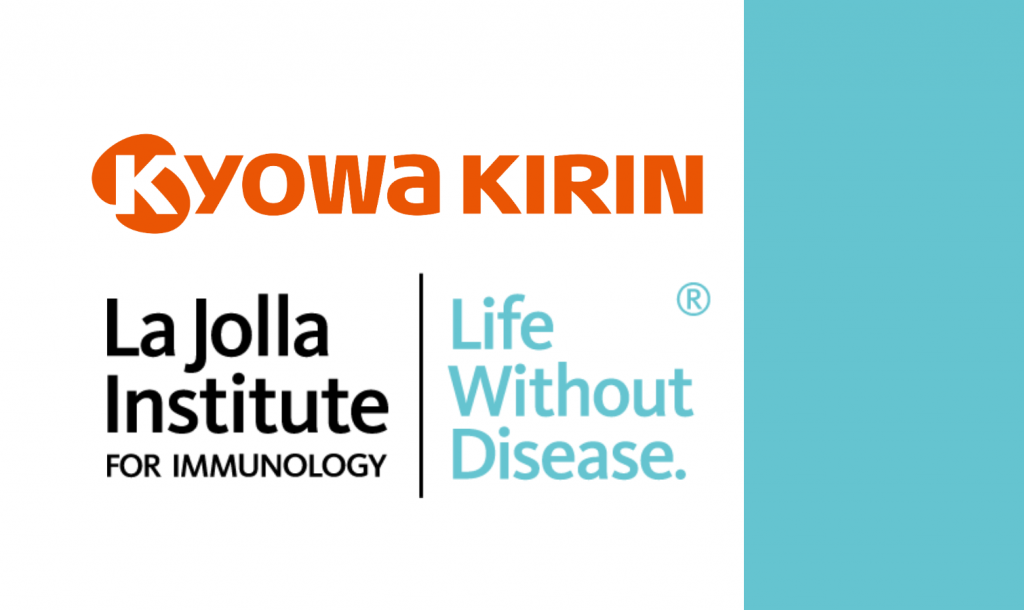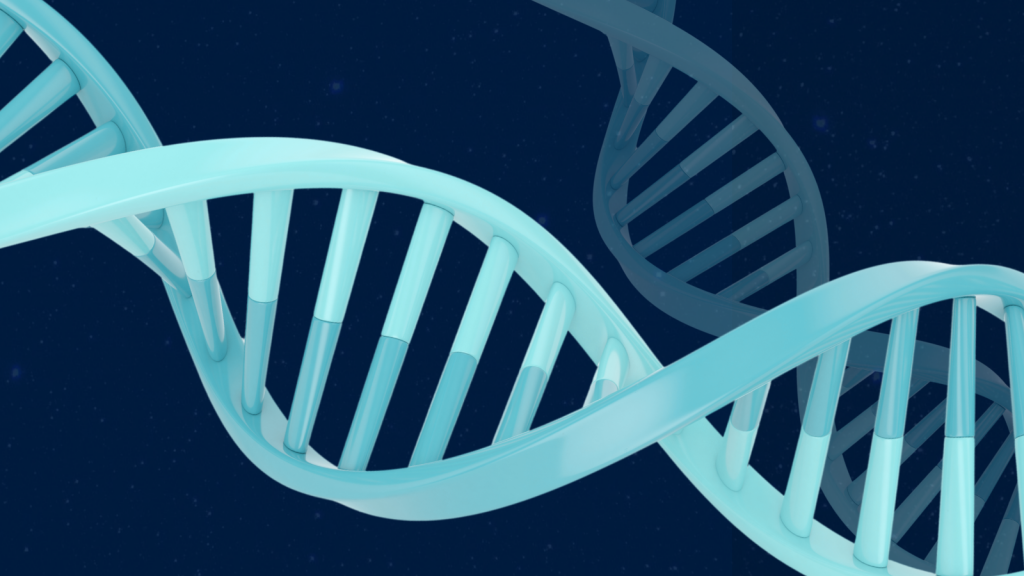LA JOLLA, CA—Asthma is more dangerous than many people realize. An estimated 10 Americans die everyday from asthma, and the disease leads to around 439,000 hospitalizations and 1.3 million emergency room trips each year.
“Asthma is one of the most important allergic diseases to study,” says Professor Toshiaki Kawakami, M.D., Ph.D., a member of the Center for Autoimmunity and Inflammation at La Jolla Institute for Immunology (LJI).
In a new study, Kawakami and his colleagues at LJI investigated the molecular drivers of severe asthma and rhinovirus-induced asthma exacerbation (a type of asthma that can accompany a common cold). Their findings, published recently in The Journal of Allergy and Clinical Immunology, suggest people with both types of asthma may benefit from therapies that block interactions between a molecule called histamine-releasing factor (HRF) and antibodies called immunoglobulin E (IgE).
As Kawakami explains, many people with severe asthma aren’t responsive to current asthma therapies. He hopes two potential drug strategies from his laboratory might inhibit HRF and IgE interactions and deliver relief for these patients. “We hope this approach can be a means of treating severe asthma and asthma exacerbation,” he says.
The problem with histamine-releasing factor
Immune cells work as a team, and they secrete molecules to “talk” to each other. One of these molecular messengers is HRF, which is made by many types of cells, including lung epithelial cells and immune cells called macrophages. When a person encounters an allergen, these cells start churning out more HRF. The HRF then courses through the body and looks for special antibodies to bind to. HRF has several different kinds of antibody partners, however, and each interaction sends a different message to the surrounding immune cells.
Kawakami and his colleagues are working to understand how these HRF and antibody interactions drive dangerous allergic reactions. Over the last decade, the researchers have shown that HRF interactions with the IgE antibody drive harmful inflammation in mouse models of asthma.
Their new study is important because it sheds light on how this same HRF and IgE interaction triggers inflammation and drives asthma in humans. For the study, Kawakami collaborated with clinicians and scientists at the University of Pittsburgh School of Medicine; Children’s Hospital, Boston; and the University of Virginia to investigate the role of HRF across many patient groups.

The researchers examined HRF levels and IgE interactions in:
- healthy adult controls
- adults infected with rhinovirus
- adults with moderate asthma
- adults with severe asthma
- adults with mild to moderate asthma
- asthmatic children with non-viral asthma exacerbation
- asthmatic children with rhinovirus-induced asthma exacerbation
Working with this large range of patient samples was critical. “Asthma isn’t just one disease,” Kawakami says. There are different forms of asthma, called “endotypes,” and current asthma therapies don’t work for all patients. Truly understanding and treating asthma means gathering data from every patient group possible.
Hope for a future therapy
The team found that HRF and IgE interactions drive inflammation specifically in patients with severe asthma and patients with rhinovirus-induced asthma exacerbation. These findings in humans are in line with the lab’s previous findings in mice.
The scientists further confirmed the importance of HRF and IgE interactions in laboratory experiments using a line of human bronchial cells. Kawakami and his colleagues observed a dramatic increase in HRF secretion when they infected these cells with rhinovirus. They saw the same dramatic increase when they exposed the bronchial cells to proteins from house dust mites (a very common allergen and asthma trigger).
Kawakami now hopes to test two potential asthma therapies. The first therapeutic approach would harness a molecule developed by the Kawakami Lab. This molecule, termed HRF-2CA, appears to inhibit asthma and severe food allergy symptoms in mice, and there’s reason to think they could help treat humans as well.
The researchers are also interested in studying a therapeutic antibody called SPF7-1, which acts as a sort of HRF decoy, binding to IgE and blocking interactions with the real HRF.
“The best way forward would be to carry out clinical trials to study these two therapeutic options,” says Kawakami.
Additional authors of the study, “Histamine-releasing factor in severe asthma and rhinovirus associated asthma exacerbation,” are first author Yu Kawakami, Ikuo Takazawa, Merritt L. Fajt, Kazumi Kasakura, Joseph Lin, Julienne Ferrer, David B. Kantor, Wanda Phipatanakul, Peter W. Heymann, Chris A. Benedict, and Yuko Kawakami.
This study was supported by the National Institutes of Health (grants 1R01 HL124283-01, R01 AI146042-01, T32 AI125179, T32 HD040128, HL69174, NIH K12 HD047349, R01 AI073964, NIH K24 AI106822, NIH U10 HL098102, NIH AI139749, AI101423, UL1 TR001102) The American Medical Association (Seed Grant); Harvard Catalyst / The Harvard Clinical and Translational Science Center (National Center for Research Resources and the National Center for Advancing Translational Sciences), and financial contributions from Harvard University and its affiliated academic healthcare centers.
DOI: 10.1016/j.jaci.2023.04.021
###





